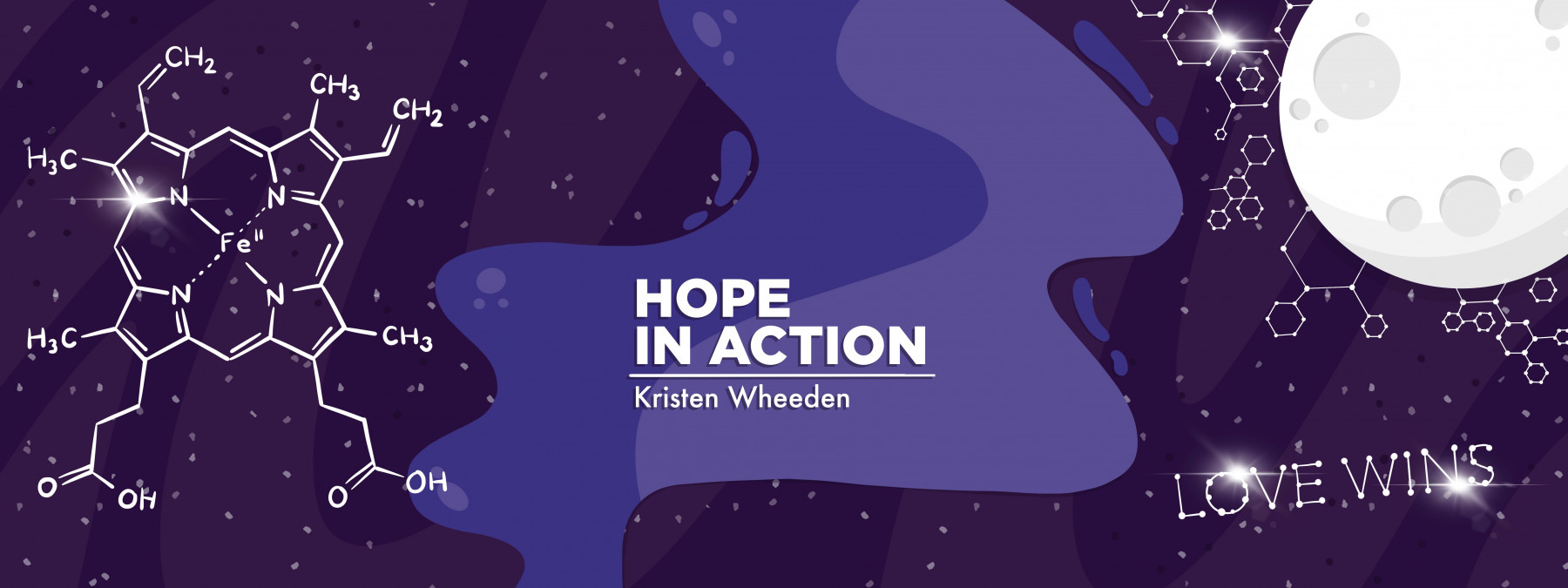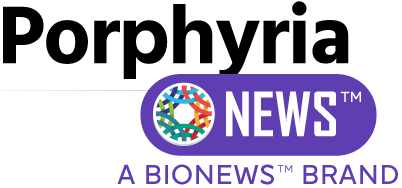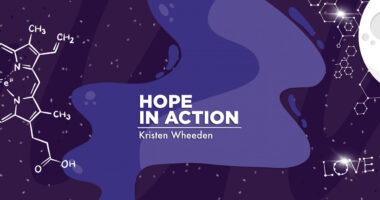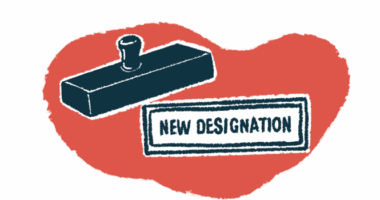Teens with EPP shed light on what it’s like living with porphyria
A recent panel discussion put a spotlight on their disease

Sometimes in patient advocacy, a great event means planning everything down to the minute: logistics, panel preparations, seating charts, and more. At other times, I find myself backstage with seven teenagers and wonder, “What was I thinking?”
Last month, something truly special happened in Boston. A group of extraordinary young people living with erythropoietic protoporphyria (EPP) came together to share their stories during an adolescent patient panel hosted by Disc Medicine in collaboration with the United Porphyrias Association, where I serve as president.
As a mom of a young adult with EPP, I’ve been through the awkward teen years with a child navigating a painful, invisible disease. I’ve seen the missed moments, the quiet strength (read: grunts of “I don’t want to talk”), and the growing confidence that comes from finally finding your people. And I’ve learned that when kids with EPP get in a room together, something powerful happens.
This time, it worked out like magic.
Rising to the occasion
I had the privilege (and challenge) of moderating this live panel, and let me tell you, moderating a group of teenagers for 90 minutes is no small feat. But they rose to the occasion with humor, heart, and so much honesty. Every single one of them.
From the moment the microphones were turned on, these teenagers brought the room to life. They joked that EPP is the best excuse for skipping chores like walking the dog or doing the dishes. (“Sorry, Mom, can’t risk it — I’m having a reaction!”) There were plenty of laughs, and a few inside jokes only our photosensitive rare disease community could understand.
But they didn’t stop at the funny stuff. They shared what it really feels like to live with this disease: how it feels on their skin, the pain that sneaks in just minutes after stepping into the sun, the heartbreak of missing out on pool days, field trips, summer fun, and spontaneous moments most people take for granted. The word that came up repeatedly was “normal.” I just want to be normal. I want to have a normal day. I wish I could do normal things.
My 20-year-old son Brady (who probably seemed so old to the others) anchored the group with the steady presence of someone who’s been through it and come out strong. He offered stories and strategies from his childhood, high school years, and now college life with EPP: how he’s learned to advocate for himself, speak up in classrooms and medical settings, and find moments of freedom even within constraints. I watched him speak to the younger folks with kindness, warmth, and wisdom and thought, “This is why we show up.”
The panel felt like a true spotlight moment, and not just symbolically. These youngsters weren’t tucked into the corner; they were front and center, seen and heard by the very people working on potential treatments that one day may change their lives. As one parent later reflected, “Our kids’ voices were heard and their condition spotlighted in such a way they will never forget. They will be their own biggest advocates because you paved the way.”
More than anything, it was a moment of deep connection — for the youth and their parents. Families traveled from all over the country to be there. Some met others with EPP for the first time. Others reunited with old friends who understand this journey like few can. It was one of those rare and meaningful moments when advocacy, industry, and patient voices aligned. The impact was undeniable.
I wasn’t sure they’d last the full 90 minutes, but they did. They listened to each other. They built each other up. They laughed, commiserated, and reminded everyone in the room that rare doesn’t mean alone.
We often talk about endpoints, approvals, and access, which are all incredibly important. But sometimes progress is measured in moments like this: a teen looking another in the eyes and saying, “Me, too.”
To the seven remarkable young people who showed up and shared your truth: You were funny. You were fierce. You were vulnerable, real, and unforgettable. You reminded all of us why this work matters. And you gave a voice to an experience that deserves to be heard loud and clear.
After the panel, I was asked as a caregiver of someone with EPP what I would pack in a travel or go bag. My answer was simple: First, pack resilience. Then layer in hope, a lot of love, and finally, tuck the sun protection gear on top.
I love every single one of those young people who showed up in Boston with me last month. And I would pack that bag, with them and for them, any day.
Note: Porphyria News is strictly a news and information website about the disease. It does not provide medical advice, diagnosis, or treatment. This content is not intended to be a substitute for professional medical advice, diagnosis, or treatment. Always seek the advice of your physician or other qualified health provider with any questions you may have regarding a medical condition. Never disregard professional medical advice or delay in seeking it because of something you have read on this website. The opinions expressed in this column are not those of Porphyria News or its parent company, Bionews, and are intended to spark discussion about issues pertaining to porphyria.








Ginger Zona
This is amazing to hear!